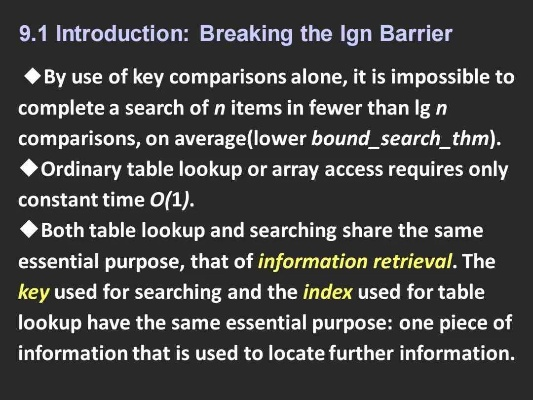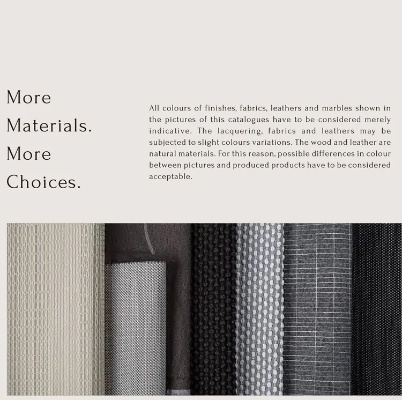Navigating the EU Textile Chemical Testing Regime:An Overview and Case Study
This study provides an overview of the EU's textile chemical testing regime, highlighting the key regulations and requirements that govern the testing of textile products. The analysis focuses on the testing methods used for determining the presence of harmful substances in textiles, including pesticides, dyes, and other chemicals. The study also examines the legal framework and enforcement mechanisms in place to ensure compliance with these regulations. The case study section presents a detailed analysis of a specific incident involving a textile manufacturer who failed to comply with EU regulations, resulting in fines and penalties. The findings from this case study demonstrate the importance of understanding and adhering to EU regulations when producing textile products, as well as the potential consequences of non-compliance. Overall, the study highlights the need for manufacturers to stay up-to-date with the latest regulations and best practices in order to avoid legal issues and maintain their competitive edge in the global market.
Introduction: The European Union (EU) is a global leader in textile industry regulation, with strict chemical testing requirements that ensure consumer safety and environmental protection. Textiles are an integral part of our daily lives, but their production often involves the use of chemicals that can be harmful if not properly managed. Therefore, the EU has established stringent guidelines for the testing of textile products to prevent potential health hazards and environmental pollution. In this article, we will explore the EU's textile chemical testing regime, including its key requirements, methods, and how businesses can comply. We will also present an example case study to illustrate how these regulations have been implemented in practice.
Key Requirements: The EU's textile chemical testing regime is based on the principle of "substance-specific" testing, which means that each type of textile product must be tested for specific chemicals according to its intended use. This approach ensures that chemicals are not used inappropriately or excessively, minimizing the risk of harm to consumers and the environment. The main requirements include:

-
Chemicals Tested: The EU requires that textile products be tested for a wide range of chemicals, including dyes, pigments, softeners, flame retardants, and other additives. These chemicals can have different levels of exposure depending on their concentration and duration of use.
-
Testing Methods: The EU uses a variety of testing methods to assess the safety of textile products, including chromatography, spectrophotometry, and instrumental analysis. These methods help identify the presence and concentration of chemicals in textiles, ensuring compliance with the required limits.
-
Compliance Assessment: Once a textile product is tested, it must be assessed for compliance with the EU's chemical standards. If a product fails to meet these standards, it may be subject to recall or retesting.
-
Monitoring and Reporting: The EU encourages manufacturers to conduct regular monitoring of their products' chemical content to detect any changes that could compromise their safety or environmental performance. Companies must report any findings to the relevant authorities, such as the European Commission or national authorities.
Compliance Example: One example of how the EU's textile chemical testing regime has been implemented in practice is the case of a popular brand of children's clothing. The company was found by the European Commission to have failed to comply with the EU's chemical standards for certain dyes and fragrances used in their products. As a result, the company had to recall millions of garments worldwide and pay fines for non-compliance. This incident highlighted the importance of adhering to the EU's strict chemical testing requirements to maintain consumer trust and protect public health.
Conclusion: The EU's textile chemical testing regime plays a vital role in ensuring consumer safety and protecting the environment. By requiring comprehensive testing of textile products for a wide range of chemicals, the EU ensures that textiles are safe for use and do not pose a threat to human health or the environment. Compliance with these regulations is essential for businesses operating in the EU market, as failure to comply can lead to significant financial penalties and reputational damage. As demonstrated in the example case study, companies must continuously monitor their products' chemical content and report any issues promptly to avoid regulatory consequences. By doing so, they can maintain compliance with the EU's strict chemical testing requirements and build trust with consumers and stakeholders alike.
背景介绍
随着全球贸易的不断发展,欧盟纺织品作为重要的出口商品,其质量与安全标准备受关注,为了确保纺织品符合欧盟相关法规和标准,欧盟纺织品化学检测成为了重要的环节,本文将围绕欧盟纺织品化学检测的主题,展开详细介绍。
欧盟纺织品化学检测概述
检测目的
欧盟纺织品化学检测旨在确保纺织品在生产、加工、出口等环节符合相关法规和标准,保障消费者的健康与安全。
检测范围
包括纤维成分检测、有害物质限量检测、环保性能检测等多个方面。
案例分析
某品牌纺织品检测过程
某品牌纺织品在进入欧盟市场前,进行了全面的化学检测,检测内容包括纤维成分、有害物质限量以及环保性能等方面,经过检测,该品牌纺织品各项指标均符合欧盟相关法规和标准。
(表格一)
检测过程中发现的问题及解决方案
在检测过程中,发现某批次纺织品含有较高浓度的重金属离子,不符合欧盟相关法规和标准,针对这一问题,检测机构与生产企业进行了深入沟通,并采取了一系列措施进行整改,该批次纺织品经过整改后重新检测合格。
欧盟纺织品化学检测标准与流程

欧盟纺织品化学检测标准
主要包括纤维成分标准、有害物质限量标准以及环保性能标准等,不同国家和地区的标准可能存在差异,但总体上都是基于对人体健康和环境保护的要求制定的。
欧盟纺织品化学检测流程
(表格二)
(1)样品采集:从纺织品生产、加工、出口等环节采集样品。
(2)样品预处理:对样品进行必要的处理,如破碎、溶解等。
(3)化学分析:使用专业的化学分析仪器和方法,对样品进行化学分析。
(4)结果判定:根据分析结果,判定样品是否符合欧盟相关法规和标准。
欧盟纺织品化学检测的重要性与意义
保障消费者健康与安全
欧盟纺织品化学检测是保障消费者健康与安全的重要手段,通过检测,可以确保纺织品符合相关法规和标准,避免因质量问题引发的安全风险。
促进纺织行业健康发展
欧盟纺织品化学检测是促进纺织行业健康发展的重要措施,通过提高纺织品的品质和安全水平,可以提升纺织品的国际竞争力,促进纺织行业的发展。
结论与建议
欧盟纺织品化学检测是保障纺织品质量与安全的重要环节,通过全面的化学检测,可以确保纺织品符合相关法规和标准,保障消费者的健康与安全,也可以促进纺织行业的健康发展。
建议
(1)加强宣传教育,提高消费者对纺织品化学检测的认识和重视程度。
(2)加强监管力度,建立健全的纺织品化学检测体系,提高检测的准确性和可靠性。
(3)加强国际合作,共同推动纺织品质量与安全标准的制定与实施。
Articles related to the knowledge points of this article:
A Comprehensive Guide to Purchasing Inventory Textiles in Zhejiang
Utilizing Textile Waste to Create a Green Future in Wuhu
The Fabric of Luxury:An In-depth Look at Shangbo Hotel Textiles
A Comprehensive Overview of Textile Industry Knowledge Notes
Exploring the Future of Quality:The Story of Qianzhuang Textiles Company


